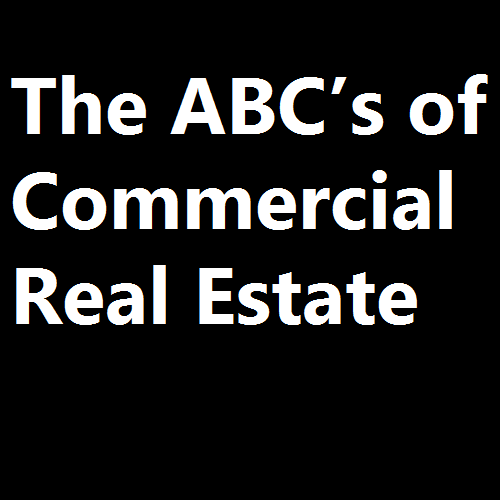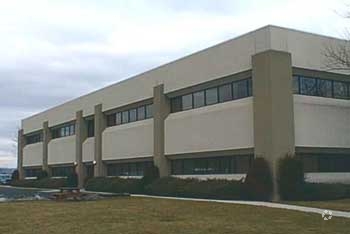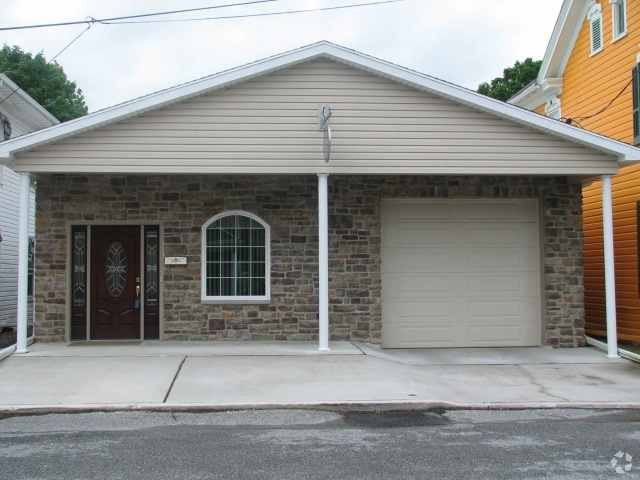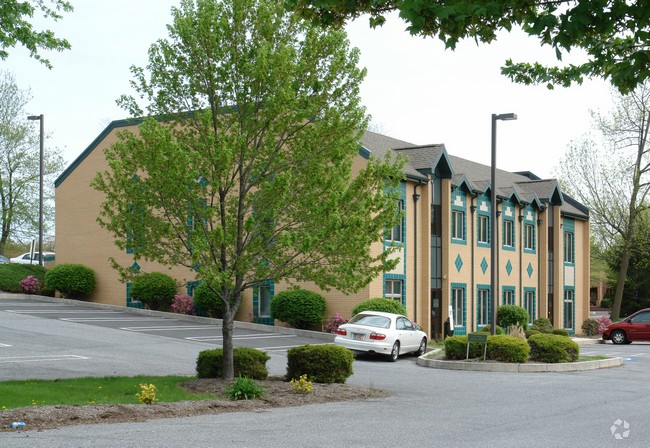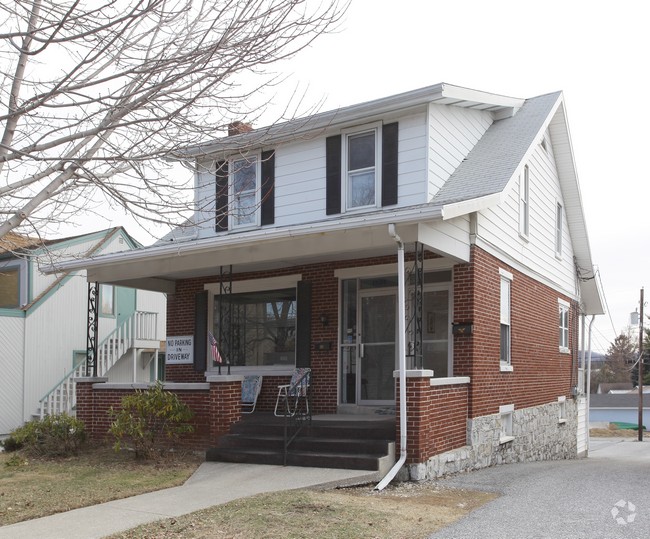Right before the 2020 election took place, we shared important information as to how any new president of the United States would impact just about everything, including commercial real estate. Specifically, we examined Joe Biden’s plan to introduce a new probate real estate tax that would greatly reduce inheritances in the future as beneficiaries will have to pay tax on non-qualified assets. Now with President-Elect Joe Biden set to become the 46th President of the United States, the tax implications are becoming much more real and worthy of a closer look. Continue reading to learn how his platform will likely impact like-kind-exchange on commercial real estate, and what this could mean for you as a real estate investor.
The History of Like-Kind-Exchanges
Since 1921, investors have been permitted to defer paying capital gains taxes on investment property sales. In return, they must reinvest the proceeds into a similar investment property within a specified time frame, typically 45 days to identify the replacement property and 180 days to complete a transaction. To look at it another way, 1031 exchange (named from Section 1031 of the U.S. Internal Revenue Code to which it refers) is a swap of properties that are held for business or investment purposes. The properties being exchanged must be considered like-kind in the eyes of the IRS for capital gains taxes to be deferred. Biden’s policy proposal, which is referred to as “The Biden Plan for Mobilizing American Talent and Heart to Create a 21st Century Caregiving and Education Workforce” could eliminate 1031 like-kind exchanges for high earning real estate investors.
Proposed Changes
According to Biden’s administration, “The plan will cost $775 billion over 10 years and will be paid for by rolling back unproductive and unequal tax breaks for real estate investors with incomes over $400,000 and taking steps to increase tax compliance for high-income earners.”
The overarching goal of this change is to prevent investors from deferring the payment of taxes on the sale of real estate. On the surface, to those not investing in commercial real estate, such a change may seem positive or even necessary. But recent studies led by the Real Estate Research Consortium concluded that eliminating 1031 exchanges would disrupt many local property markets, harm both tenants and owners, and small investors.
Furthermore, a study conducted by David Ling Ph.D., a professor at the University of Florida, and Milena Petrova Ph.D., an associate professor at Syracuse University, claims that eliminating 1031 exchanges would likely lead to a decrease in commercial real estate prices in many markets, less reinvestment in commercial and residential real estate, a greater use of leverage to finance acquisitions, and an increase in investment holding periods that would result in a decrease in market liquidity and a slowdown in related industries.
The (Unintended) Impact
Simply put, the entire real estate sector benefits from such exchanges. Brokers and agents receive more deals, banks and mortgage lenders gain more borrowers, other property owners benefit from an increase in demand for real estate, tenants receive more affordable housing options, and cities and localities benefit from higher property taxes and more investments back into their real estate economy. So whatever perceived benefit Biden’s administration hopes to gain from eliminating like-kind exchanges in commercial real estate, they will certainly pay for, ten-fold, in negative consequences.
Here are just a few examples we can immediately spot. In the longer run, rents would need to increase from eight to 13 percent to offset the effects of elimination, and cost increases would be more pronounced in high-tax states (such as NY, NJ, CA, HI, MN). And in case anyone still believes that 1031 exchanges are an end-around used by the rich to never pay taxes, the estimated taxes paid when an exchange is followed by a taxable sale are on average 19 percent higher than taxes paid when an ordinary sale is followed by an ordinary sale.
A Done Deal?
Like anything in government and politics, nothing is set in stone until it’s, well, set in stone (or ink). So, Biden’s changes are by no means a done deal, and may take a good deal of time to come to fruition, if at all. Upon Biden becoming the nation’s 46th president, this does open the door to a whole host of changes that very well may impact commercial real estate investors on the take front. The best thing you can do right now, and this goes for anyone, not just CRE investors, is to meet with a tax advisor, tax, attorney, CPA, etc., to review what changes could be coming down the line and how this should impact the decisions you’re making today. As you prepare to close out your taxes for 2020, you may wish to make some changes and move things around to put you in a more favorable position for any changes that may be coming down the line.
How might the eliminations of like-kind-exchanges impact your financial future and the decisions you make regarding real estate? Do you feel this is a likely threat to CRE investments?
Join in the conversation and share your opinion by leaving a comment below.




